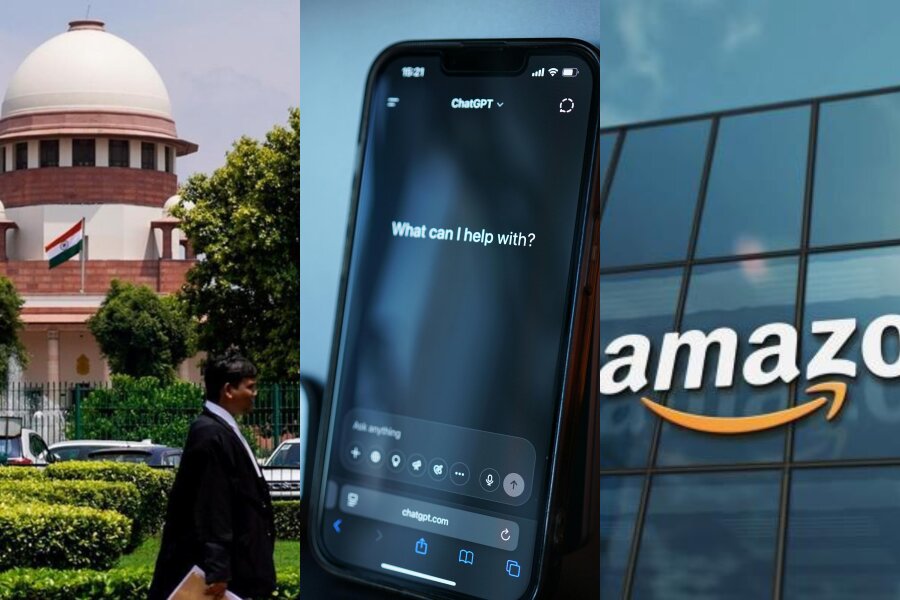Best Art & Cultural Property Law Lawyers in Malvern
Share your needs with us, get contacted by law firms.
Free. Takes 2 min.
List of the best lawyers in Malvern, Australia
We haven't listed any Art & Cultural Property Law lawyers in Malvern, Australia yet...
But you can share your requirements with us, and we will help you find the right lawyer for your needs in Malvern.
Find a Lawyer in MalvernAbout Art & Cultural Property Law in Malvern, Australia
Art & Cultural Property Law in Malvern, Australia, is a specialized legal field focused on the protection and management of art and cultural heritage. This legal area encompasses issues such as the ownership, sale, transfer, and preservation of artworks and cultural artifacts. Malvern, part of Victoria, adheres to both national and international legal frameworks designed to safeguard cultural property, ensuring that both contemporary and historical items are managed ethically and legally.
Why You May Need a Lawyer
There are several situations where individuals or organizations might require legal assistance in Art & Cultural Property Law:
1. Buying or Selling Art: Legal guidance can help navigate the complexities of art transactions, ensuring compliance with laws and verification of provenance.
2. Disputes Over Ownership: Resolving conflicts that may arise from contested ownership claims requires a clear understanding of both local and international laws.
3. Import and Export Issues: Assisting with compliance related to the import or export of cultural property and artworks, avoiding legal penalties.
4. Preservation and Conservation: Legal advice can ensure that conservation efforts meet regulatory standards and ethical obligations.
5. Loan Agreements for Exhibitions: Lawyers can help draft and review contracts for lending art to museums or galleries.
Local Laws Overview
In Malvern, and more broadly Victoria, Art & Cultural Property Law is governed by various Australian federal laws and local statutes. Key aspects include:
1. Protection of Movable Cultural Heritage Act 1986: This federal law regulates the export of significant cultural property.
2. Copyright Act 1968: Addresses rights concerning the reproduction and moral rights of artists.
3. Aboriginal Heritage Act 2006: Provides protection for Aboriginal cultural heritage in Victoria.
4. National Gallery of Victoria Act 1966: Governs the acquisition, custody, and conservation of art in the public collection.
Frequently Asked Questions
What constitutes cultural property?
Cultural property includes artworks, artifacts, and other items of historical, cultural, or artistic significance.
How do I prove ownership of a piece of art?
Ownership can be proven through documentation such as bills of sale, provenance records, or photographic evidence.
Can I export a piece of art from Australia?
Exporting art may require permission under the Protection of Movable Cultural Heritage Act 1986 to ensure it is not part of the protected cultural heritage.
What if I unknowingly purchased stolen art?
Immediate legal consultation is recommended to explore options like restitution or negotiation for a resolution.
Are there any legal protections for artists' moral rights?
Yes, the Copyright Act 1968 protects the moral rights of artists including rights of attribution and integrity.
How are Aboriginal cultural items protected?
Aboriginal cultural items are protected under the Aboriginal Heritage Act 2006, requiring permits for certain activities.
What is provenance, and why is it important?
Provenance refers to the history of an artwork's ownership and is crucial for establishing authenticity and legality.
Can art be used as collateral in financial transactions?
Yes, art can be used as collateral; however, legal advice is essential to structure such arrangements properly.
How do I resolve a dispute over a lending agreement for an exhibition?
Review the contract terms and consider mediation or legal action as advised by your lawyer.
What happens if cultural property is damaged while on loan?
Liability is usually addressed in the loan agreement, and legal advice can help determine the responsible party and next steps.
Additional Resources
Here are some resources that can be helpful:
1. Australian Government Department of Infrastructure, Transport, Regional Development, Communications and the Arts: Provides guidance on cultural property legislation.
2. Victorian Aboriginal Heritage Council: Offers resources related to Aboriginal cultural heritage protection.
3. Arts Law Centre of Australia: Provides legal advice tailored for the creative and artistic community.
4. National Association for the Visual Arts (NAVA): Advocacy and resources for Australian visual artists.
Next Steps
If you need legal assistance in Art & Cultural Property Law, consider the following steps:
1. Identify Your Specific Legal Need: Determine the type of legal issue you face, whether it involves transaction advice, dispute resolution, or compliance.
2. Find a Specialist Lawyer: Seek a lawyer with expertise in Art & Cultural Property Law through professional directories or recommendations.
3. Prepare Relevant Documentation: Gather all relevant documents such as bills of sale, contracts, and any correspondence related to your case.
4. Schedule a Consultation: Arrange a meeting with a lawyer to discuss your situation and receive tailored legal advice.
5. Follow Legal Advice: Proceed according to the guidance of your lawyer to achieve a favorable outcome in your legal matters.
Lawzana helps you find the best lawyers and law firms in Malvern through a curated and pre-screened list of qualified legal professionals. Our platform offers rankings and detailed profiles of attorneys and law firms, allowing you to compare based on practice areas, including Art & Cultural Property Law, experience, and client feedback.
Each profile includes a description of the firm's areas of practice, client reviews, team members and partners, year of establishment, spoken languages, office locations, contact information, social media presence, and any published articles or resources. Most firms on our platform speak English and are experienced in both local and international legal matters.
Get a quote from top-rated law firms in Malvern, Australia — quickly, securely, and without unnecessary hassle.
Disclaimer:
The information provided on this page is for general informational purposes only and does not constitute legal advice. While we strive to ensure the accuracy and relevance of the content, legal information may change over time, and interpretations of the law can vary. You should always consult with a qualified legal professional for advice specific to your situation.
We disclaim all liability for actions taken or not taken based on the content of this page. If you believe any information is incorrect or outdated, please contact us, and we will review and update it where appropriate.







